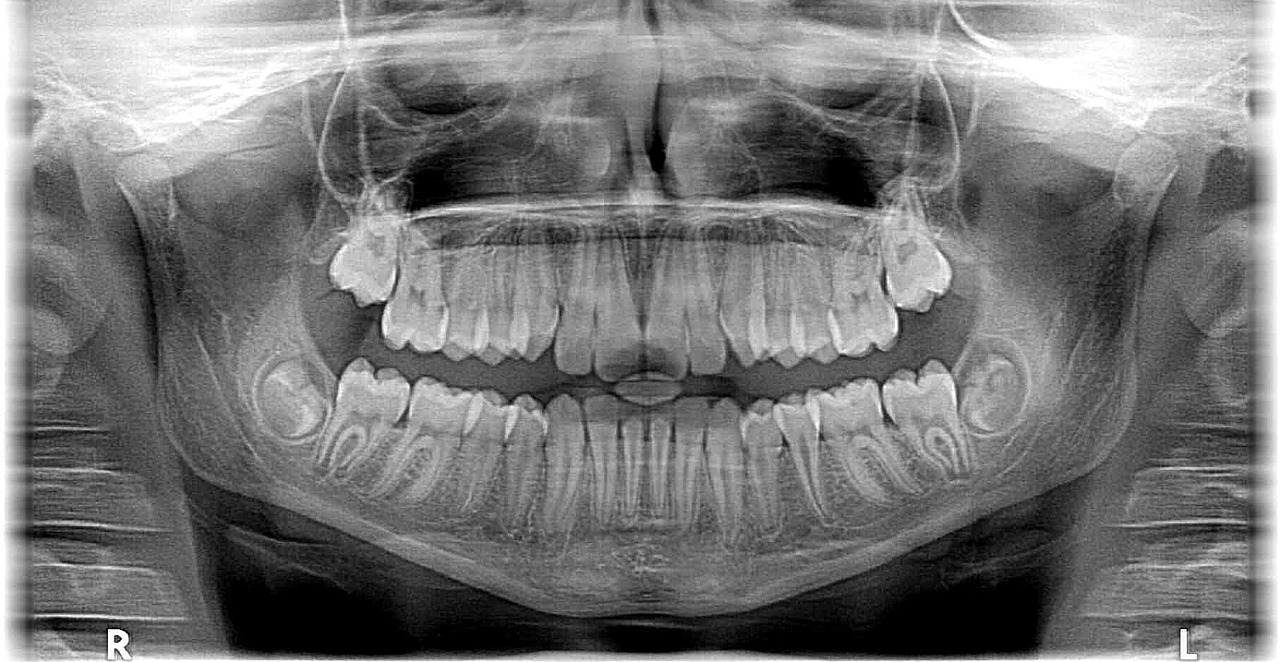Welcome to our deep dive into the often-searched topic of dental CT scans. Whether you're considering one for medical reasons or simply curious about the technology, it's important to understand both their benefits and their risks.
In this article, we’ll explore everything you need to know about dental CT scan radiation exposure, from how much radiation is involved in a dental cone beam CT scan to the overall risks associated with dental CT scans. Stick with us to demystify the science behind these scans and make informed decisions about your dental health.
Understanding Dental CT Scan Risks
When contemplating the prospect of undergoing a dental CT scan, it's only natural to weigh the potential hazards it entails.
One of the most vocalized concerns revolves around the dental CT scan risks associated with radiation exposure. Unlike traditional x-rays, dental CT scans offer a 3D view of dental structures, nerves, and bone – a technique that uses cone beam computed tomography (CBCT).

While this advanced technology provides unparalleled diagnostic insights for complex dental issues, it does involve exposure to a higher level of radiation. However, it's imperative to note that the amount of radiation, although higher than that of standard dental x-rays, is controlled and generally low.
Dental professionals take meticulous steps to minimize exposure and protect the patient, employing the scan only when its diagnostic benefits significantly outweigh the risks. By understanding these risks and the safety measures in place, patients can make informed decisions regarding their dental health care.
How Much Radiation is in a Dental Cone Beam CT Scan?
The topic of how much radiation one is exposed to during a dental cone beam CT scan is often discussed, and rightly so.
The cone beam CT (CBCT) technology is praised for its ability to provide detailed 3D images, crucial for accurate diagnosis and treatment planning in dentistry.
However, this sophistication comes at the cost of radiation exposure. It's important to understand that the amount of radiation emitted during a CBCT scan, while higher than that of a conventional dental x-ray, is still considered low in the broader context of medical imaging.
Specifically, a typical dental CT scan exposes a patient to radiation in the range of 50 to 90 microsieverts, compared to the 2 to 3 microsieverts for a traditional dental x-ray. Despite this, the comparative increase should not deter one from the procedure, as the benefits often far outweigh the risks, provided the scans are used judiciously under professional guidance.
Navigating Dental CT Scan Radiation Exposure
Understanding dental CT scan radiation exposure is essential for anyone considering or undergoing a dental CT scan.

The principle of As Low As Reasonably Achievable (ALARA) is adhered to in dental practices to minimize the exposure levels. This principle ensures that the radiation dose is kept at the lowest possible level, taking into account the diagnostic benefit of each procedure.
Patients concerned about exposure should discuss with their dental professional the necessity and frequency of the scans. Precautionary measures such as wearing a lead apron can further reduce the exposure.
Additionally, advancements in CT scan technology continue to reduce the amount of radiation patients are exposed to, making dental CT scans safer than ever before. Being informed and communicating openly with your healthcare provider can significantly help in mitigating anxieties related to radiation exposure.
The Real Deal About Dental CT Scan Radiation
Debating the pros and cons of dental CT scan radiation?
Here's the real deal: While it's true that dental CT scans, specifically cone beam computed tomography (CBCT), emit more radiation than conventional dental x-rays, the perspective is key.
The radiation from a single dental CT scan is about equivalently absorbed by the body as naturally occurring background radiation over a 10 to 15 day period. It’s crucial to compare this within the context of medical imaging, where CT scans are invaluable for diagnosing and treating dental conditions that are not visible with traditional x-rays.
The key is diligence in use—these scans should be reserved for instances where they provide essential information that can significantly affect the treatment outcome. Modern dental practices are also equipped with the latest technology designed to minimize radiation doses while maximizing diagnostic accuracy.
Protecting Yourself from Radiation from Dental CT Scans
In the realm of dental healthcare, patient safety is of the utmost priority, especially when it comes to protection from radiation from dental CT scans. To this end, there are several measures both patients and professionals can adopt.

First off, it's vital for patients to discuss the necessity of a CT scan with their dentist, understanding both the risks and rewards.
During the procedure, protective gear, such as a lead apron, can be utilized to shield the rest of the body from exposure. Furthermore, selecting a dental practice that uses state-of-the-art CT scanning equipment can also reduce unnecessary exposure, as newer machines often operate at lower radiation doses without compromising image quality.
Ultimately, being proactive about one's dental health and maintaining an open dialogue with the dentist can play a significant role in mitigating radiation risks.
Myth vs. Reality: The Truth About Dental CT Scan Risks and Radiation
The dialogue surrounding dental CT scan risks and radiation is fertile ground for myths and misconceptions. Let’s set the record straight. Myth: Dental CT scans cause significant health risks due to radiation exposure.
Reality: The radiation dose from a dental CT scan is relatively low, especially when considering the diagnostic benefits these scans provide. They offer invaluable insights that help in accurately diagnosing and treating dental conditions which might not be detected by traditional x-rays.
Plus, with advancements in technology and strict adherence to safety standards, the risks are minimized. Undergoing a dental CT scan is a decision that should be made in consultation with a healthcare provider, weighing the specific diagnostic benefits against the minimal risks. In essence, while it's important to be aware and understand the concerns related to radiation, it should not deter individuals from receiving essential dental care.